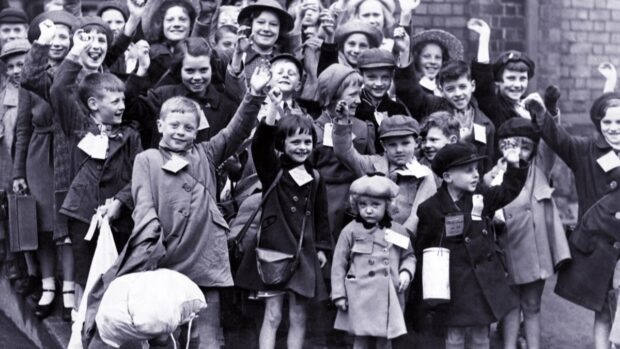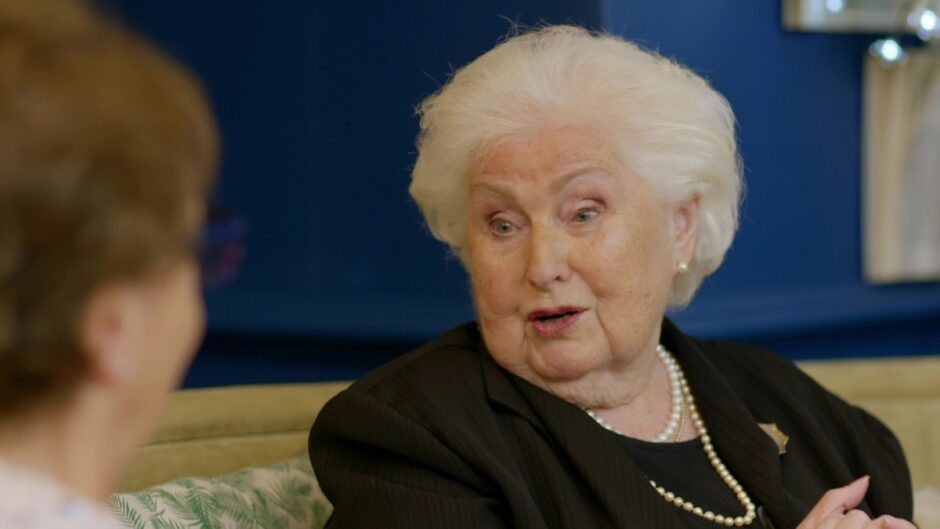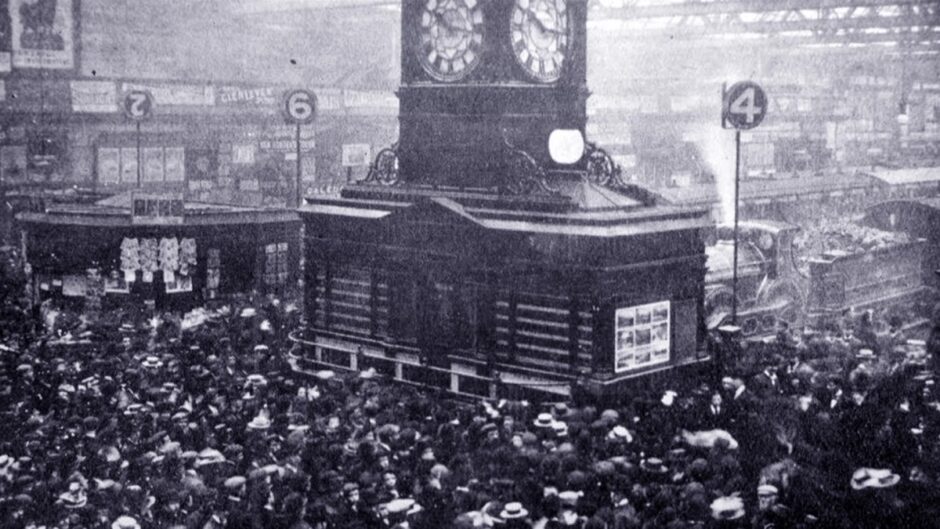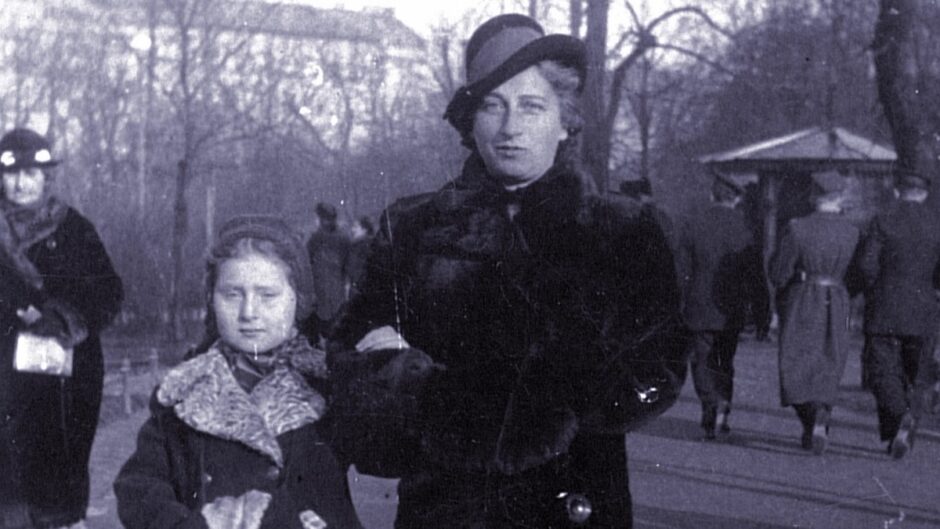
The remarkable story of a Jewish refugee who fled Poland for Scotland during the Second World War will be explored in an upcoming episode of Inside Central Station.
The BBC documentary, which goes behind the scenes at Glasgow’s biggest train terminus, will feature Marion Camrass recounting her escape to safety and freedom as a 14-year-old.
Now 89, she returns to Central Station, where she first travelled to in 1946, to tell her story.
Explaining how her escape was made possible, Camrass said: “Rabbi Schonfeld had permission from the British government [to rescue] 1,000 Jewish orphans.
“[The start of the journey in Poland] was very difficult actually because the mode of transport was horse and cart. There were lots of refugees on the roads and it was crowded.
“The Germans would come in their small plane, just one pilot, and come really low down and just shoot at us. We would jump off the cart that we were in, and on both sides of the road there were forests so we would hide in the forest while he was busy killing whoever he could get.”
Camrass first arrived into London, where her aunt had travelled from Glasgow to meet her.
She said it was her striking red hair that helped her aunt spot her among the crowds of refugees.
“I had not seen my aunt since I was six and I would not have known her at all, but she recognised me because I had a mass of red hair.
“Coming to Glasgow was wonderful because there were quite a few people with red hair, but in Poland and Russia it was not a good thing at all. You stood out like a sore thumb.”
After arriving in Scotland, Camrass decided to spend the rest of her life in the country. She married a GP, Henry Camrass, and they started a family together in Glasgow.
She says: “I was very, very fortunate in meeting my husband, who was a wonderful man. I think he liked red hair – that’s what it must have been.
“Scotland was very good to me. Certainly Scotland is my home – that’s where my children were born. It’s a wonderful country, I made a lot of good friends here.”
Inside Central Station, produced by STV Studios, has returned to screens for a third series on BBC Scotland, with Homes Under the Hammer’s Martel Maxwell joining as narrator.
Rosy Marshall-McCrae, executive producer of Inside Central Station, said: “Since 1879, Central Station has been the gateway into Scotland for so many people, and the stories of the Second World War refugees who arrived into the station on the Kindertransport are some of the most touching I have heard since we started making Inside Central Station three years ago.
“We’re grateful to Marion for sharing her extraordinary story with us and hope Sunday’s episode gives viewers a real insight into Central Station’s role in one of this country’s most inspiring rescue efforts.”
Inside Central Stations airs on BBC Scotland and BBC iPlayer on Sundays at 9pm

Enjoy the convenience of having The Sunday Post delivered as a digital ePaper straight to your smartphone, tablet or computer.
Subscribe for only £5.49 a month and enjoy all the benefits of the printed paper as a digital replica.
Subscribe

